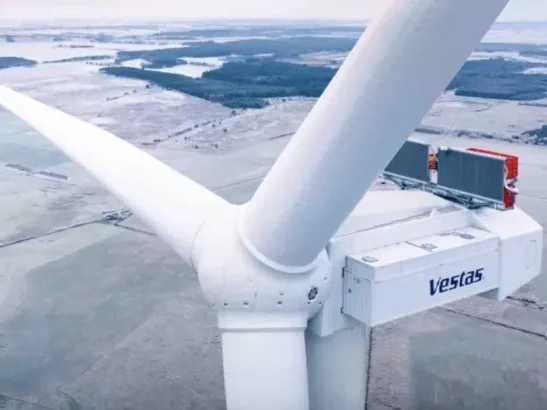The consensus view has been that global warming and carbon pollution will bring about increasingly erratic, unpredictable, volatile and more extreme weather conditions. While there have been sceptics in Europe, the recent floods and severe weather conditions that has brought so much devastation and misery to parts of the UK, is blindingly clear hard evidence that global warming is having a deleterious effect on the country and will continue to do so until significant and long-lasting climate change is effected.
So what to do? On the one hand the UK needs to reduce carbon pollution by encouraging the use of green energy. On the other hand, politics indicate that if the Government move too quickly too soon, then they risk losing voters because of the increased cost of sudsidising wind and solar power over (currently) cheaper gas, oil and (in the future) fracking.
Later this month the Intergovernmental Panel on Climate Change will confirm again that global warming is real and that the costs of containing it will be greater if governments delay taking action. Television programmes on the National Grid appear to have alarmed some commentators by showing how close the UK can come at times to having power cuts.
In the next few years, Britain needs over £100bn of investment in new electricity generation as a quarter of its power stations will be phased out as they reach the end of their operating lives. The key question is whether to replace them with carbon-intensive fossil fuel generation (supported by oil imports) or with a diverse, sensible and secure low carbon energy mix.
Is it working? On balance, yes. It is encouraging spending on new low-carbon power generation such as wind, biomass and nuclear to give a more resilient and balanced energy system. But there are those voices who shriek against slightly increased energy prices and environmental issues with the visual impact of wind turbines. Politicians and energy companies have to work together to bear down on costs of energy efficiency schemes without abandoning important environmental goals or damaging investor confidence.
While renewable energy goals should be pursued, realistically, one has to see that in order to keep everyone in the UK (relatively) happy, there has to be some investment in some non-renewable energy in order to keep the lights on. It’s a fine line to tread, but despite the atrocious weather over the last few months, power supplies were maintained except in a few areas of the UK. The danger is complacency, or suddenly revising energy policy and frightening off investors and developers in green energy. As the saying goes “Keep Calm and Carry On!”




